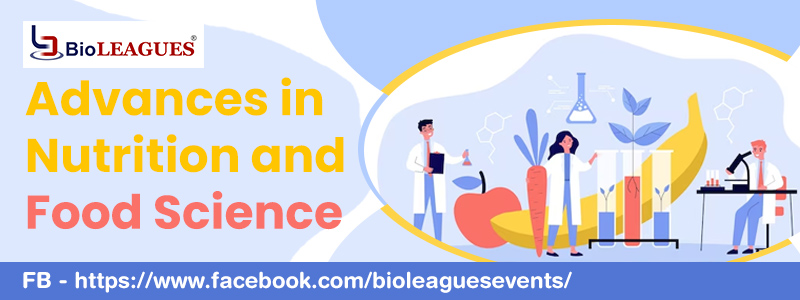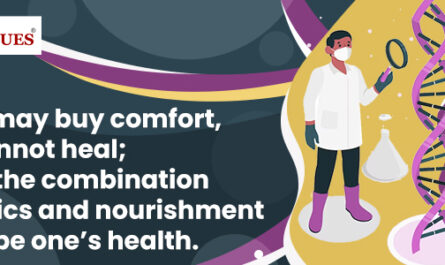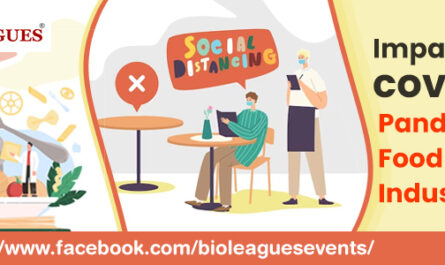Advances in Nutrition and Food science are a creative endeavor where curiosity and demand are the main drivers of becoming a rapidly evolving field of science.
Meat Without Meat For Those Who Need Them The Most
Advances in Nutrition and Food science have seen plant-based meat substitutes become part of the daily grocery cart and restaurant menu. Environmental and health concerns regarding the amount of meat produced and consumed by the company. It led to a noticeable increase in the production and consumption of vegetarian and vegan foods that mimic products’ taste, texture, and image.
From meatless burgers to meatless sausages, these Advances in Nutrition and Food Science are believed to offer a healthy and sustainable interpretation of familiar meat dishes, and it’s a bandwagon that people happily jump into. Researchers are also contemplating the development of laboratory meat, which, although some thorny ethical questions have been raised. It could one day provide a feasible alternative. To assist in reducing the carbon footprint of animal agriculture and improving animal welfare efforts. Participate in the forthcoming Food Technology Researchers Conferences for more information on this development.
Medicinal Properties of CBD Oil
The public is increasingly aware of cannabidiol – also known as CBD – and its potential health and medical properties. Research studies have shown that it can potentially help relieve anxiety and pain. While other research has even proven that it can help diminish the number of epileptic seizures in some patients. Even though CBD is taken from the hemp plant, it does not contain the psychoactive ingredient THC. Many use CBD oil in baking and cooking. At the moment, there is still a serious lack of solid scientific evidence. It supports the supposed health benefits of CBD, but research continues. Attend this Food Science and Technology Summit to get more in-depth insights and information.
Seaweed Water Capsules That Assist In Preventing Plastic Pollution
As part of the effort to diminish the number of plastic bottles used in the London Marathon, volunteers distributed biodegradable water capsules to runners instead. Over 30,000 capsules were distributed to runners. It could consume them whole or simply bite them to release the liquid inside. It makes the ideal resource to create a biodegradable product. In such a process, absolutely no farmland, fertilizers, or water is required for the harvesting of this seaweed. This implies the capsules are not consumed, the discarded packaging may simply biodegrade within a few weeks. Participate in the many Food Technology Conferences set to take place for more information on this development.
3D Printed Foods Provide Nutritionally Balanced Meals
In what is becoming a world full of endless possibilities. The concept of 3D-printed food is just one of them. It is believed that 3D food printers can offer innovative solutions for those who are struggling to eat and digest solid foods by printing nutrition with balanced meals. There are even suggestions that the technology could be used to print meat products as a more sustainable way to create meat. This idea is difficult to understand at the moment, in the future, buying a food 3D printer could be as common as buying a toaster or microwave. The upcoming Singapore Public Health Conferences will delve into this development in detail.
Food Safety Education
Food Safety and Health Education aimed at changing the behaviors most likely to lead to food-borne illness. The top five pathogen control factors are personal hygiene, proper cooking, and prevention of cross-contamination, keeping food at safe temperatures, and avoiding food from unsafe origins. Pathogens linked with inadequate personal hygiene have the greatest incidence and damage rates. Improper cooking and cross-contamination have a lower impact. Storing food at optimal temperatures and unhygienic food sources results in the lowest impact. We recommend that consumer food safety educators focus primarily on handwashing, proper cooking, and prevention of cross-contamination. Secondary communication should concentrate on maintaining food at safe temperatures and avoiding food from an unsafe source.




